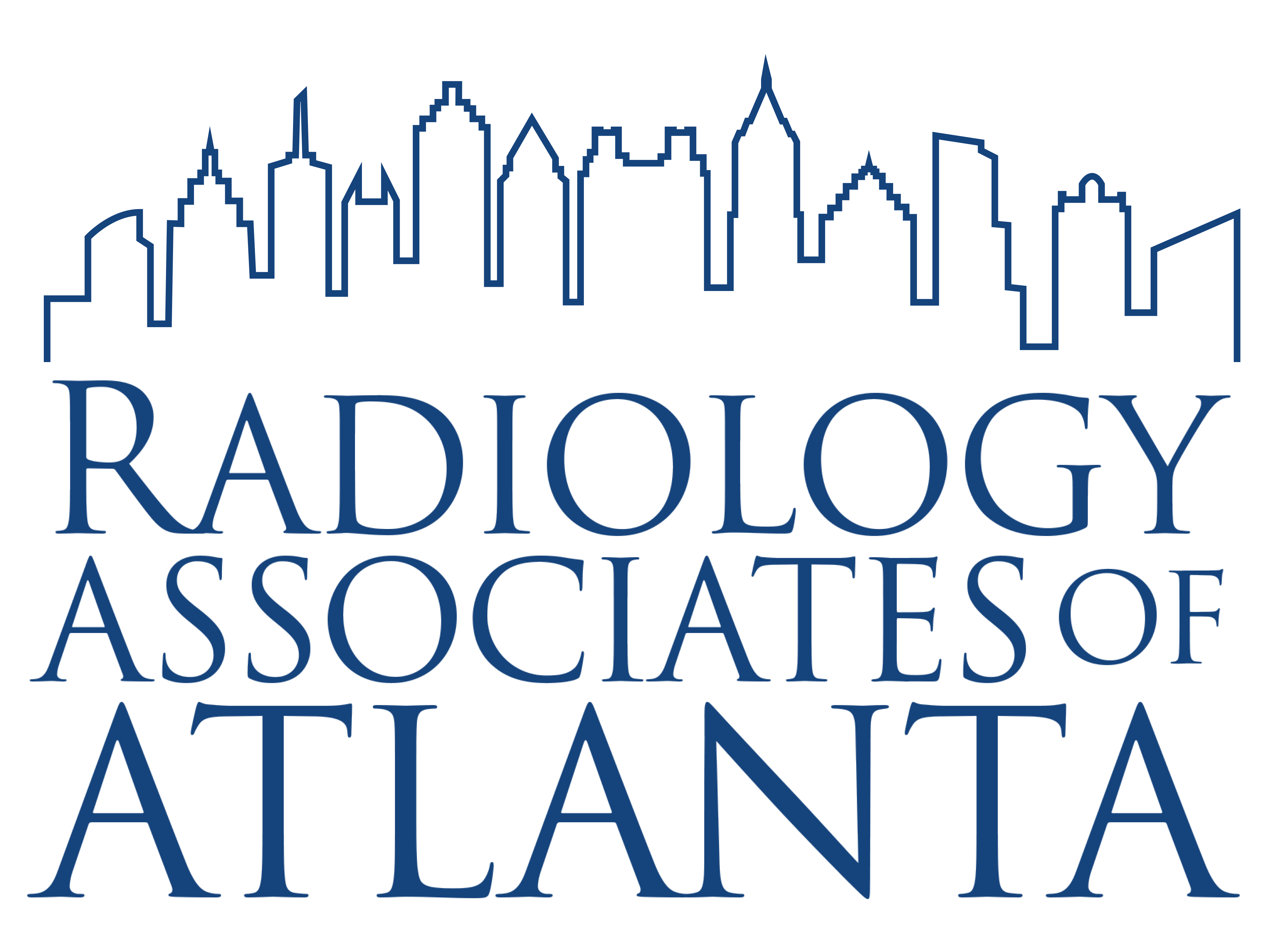What is Y90 or radioembolization?
Radioembolization with Yttrium-90 is a treatment for primary liver cancer (hepatocellular carcinoma) or cancer that has spread to the liver (metastases). Tiny radioactive particles are infused into the tumor which shrink or kill the tumor. Since Y90 is a localized therapy, radiation to other parts of the body are minimized. The procedure is performed by a specialized doctor called an interventional radiologist.
How is the procedure performed?
Y90 treatment requires two and sometimes three procedures depending on the amount of liver cancer that is being treated.
- Planning study: This is the initial procedure in order to identify the arteries feeding the tumor(s) and to confirm that radioembolization can be performed safely. The procedure is performed under live X-ray guidance by an interventional radiologist. You will be under sedation for the procedure, but it does not require a breathing tube. The procedure is usually performed through the femoral artery. The skin is numbed and a small puncture is made into the artery. A thin flexible tube called a catheter is then inserted and maneuvered to the liver where the arteries will be visualized under X-ray. Once the arteries to the tumor have been found, a small “test” particle will be infused. You will then undergo special imaging studies to make sure that the test particle distribution in the abdomen, liver, and lungs is safe prior to proceeding with Y90.
- Radioembolization: The Y90 treatment is performed 1-2 weeks after the planning study, and is when the actual radiation dose is delivered to the tumor(s). The procedure is performed in a similar fashion to the planning study. A thin flexible catheter is inserted through the artery and navigated to the treatment site that was chosen on the planning study. The Y90 radiation particles will then be infused. You will get confirmatory imaging showing that the particles deposited into the tumor.
- While not always necessary, if there is more than one tumor or there are tumors on both sides of the liver, a second Y90 treatment may be required. It would be performed 4-6 weeks after the first Y90 treatment.
Benefits of Y90
- Outpatient procedure
- No surgical incision. Only a small nick in the skin is necessary to perform the procedure.
- More radiation can be given to the tumor than standard radiation therapy with less effect on surrounding tissues
- Can be used for palliation of cancer, helping to keep cancer controlled so surgery or transplantation can be performed, and may be curative if high radiation dose (radiation segmentectomy) is able to be performed.
Side effects
Depending on the extent of the Y90 treatment, you may experience fatigue, fevers, chills, and nausea. Symptoms typically subside within days and may last 1-2 weeks. Symptoms are usually well controlled with medications.
Follow up
Patients will receive follow up imaging either with a CT or MRI within 3 months after treatment, and follow up blood work within 2 weeks of treatment. We follow in a multidisciplinary fashion with your oncologist or hepatologist.
If you are interested in learning more about Y90 – Radioembolization or would like to schedule a consultation, please contact our office at (470) 806-5026, or enter your information online and we will get back to you.
